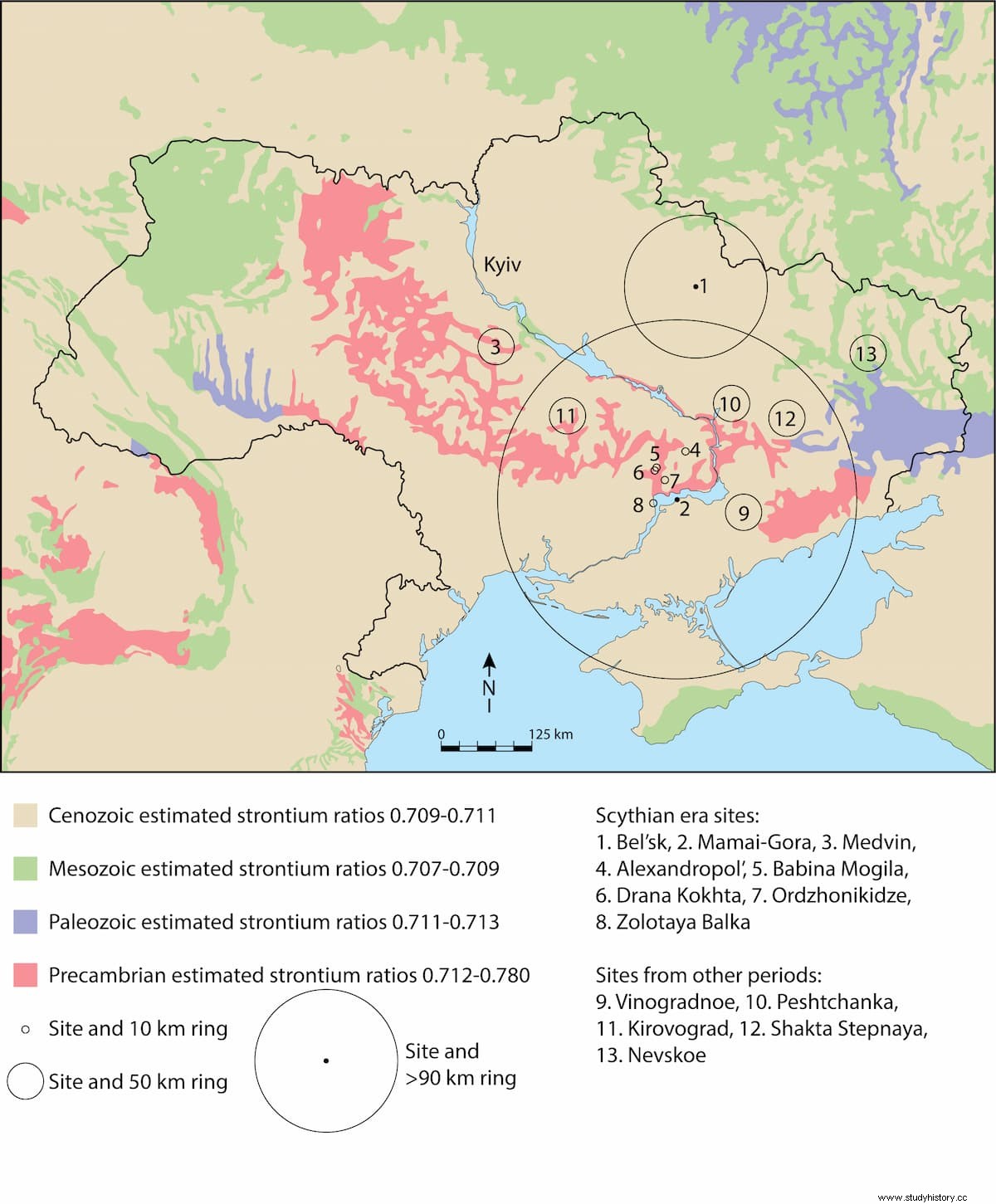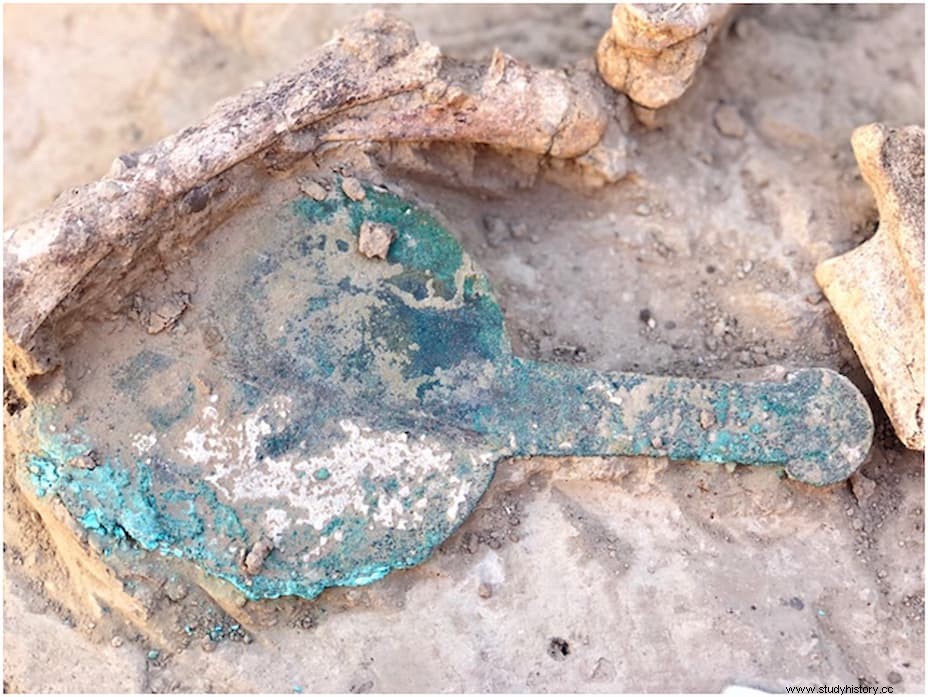The Scythians lived throughout Eurasia from 700 to 200 BC, and were long considered highly mobile warriors who roamed the steppe grasslands. Herodotus describes the Scythian populations as chariot-dwellers who engaged in raiding and warfare, and this view has persisted throughout history, supported by archaeologists' observations of similar styles of horse harness, weapons , burial mounds, and animal-style motifs in what is now Ukraine.
For this reason, history has grouped the various cultures and periods of the peoples of this region as a single Scythian identity. , even calling it empire . But a study including research from the University of Michigan reveals that what was once considered a single group was probably a collection of diverse peoples with varied diets.
By analyzing human bone and tooth enamel, the international team of researchers found that rather than being powerful warriors, the inhabitants of this region likely lived in urban settings, growing millet and raising cattle in mixed economic systems. The results of the study are published in the journal PLOS ONE.

Our study demonstrates overall low levels of human mobility in the vicinity of key urban sites in the Scythian era, in contrast to earlier stereotypes of highly nomadic populations said Alicia Ventresca Miller, lead author of the study and an assistant professor of anthropology at the University of Michigan. Although long-distance mobility increased during the Scythian era relative to preceding periods, it was limited to a small percentage of individuals .
Miller, who worked at the Max Planck Institute for the Science of Human History, and her team took bone and tooth enamel samples from 56 human skeletons at three burial sites - Bel'sk, Mamai-Gora and Medvin - in modern Ukraine. The team examined these samples using isotope analysis. This type of analysis examines the isotopes of elements - in this study, strontium, oxygen, nitrogen and carbon - deposited in human tissues by eating and drinking. This allows researchers to determine where an individual traveled and lived based on the unique isotopic composition of their tissues.
Taken together, these analyzes showed that urban places were places of social and economic diversity where people grew millet and raised livestock. These results suggest that people largely stayed where they farmed and raised livestock, although they tended to move more than in earlier times.

The Scythian era was clearly a period of contradictions, with strong evidence of complex interactions between agro-pastoralists and pastoralists that contributed to the aggregation of the population in urban places said Miller, who is also assistant curator of Asian archeology at the University of Michigan Museum of Anthropological Archeology. This study highlights the potential use of using isotopic analysis to directly assess patterns of economies and mobilities prevalent during the Scythian era .
In the future, the researchers hope to provide more information about how people moved between different types of sites, such as urban centers versus rural settings, as well as between individuals with different grave goods and their apparent social status.
In this way, we will be able to move away from the assumed stereotypes about migration and nomadism and approach a dynamic and complex vision of globalized Scythian societies , Miller said.
